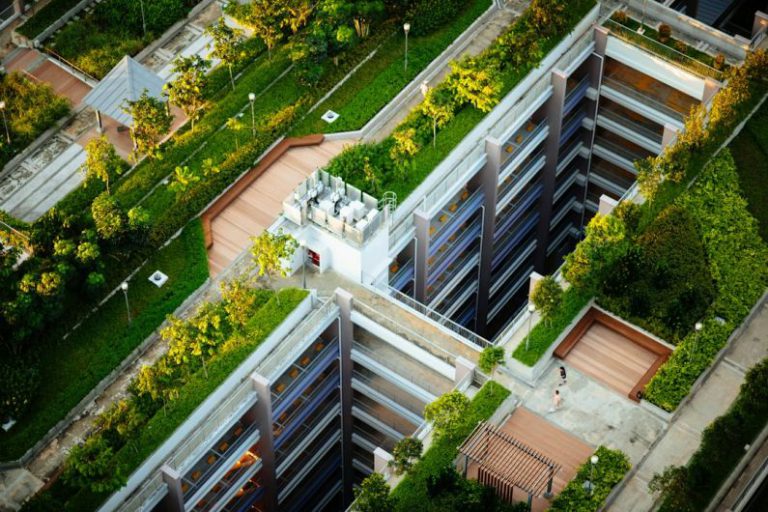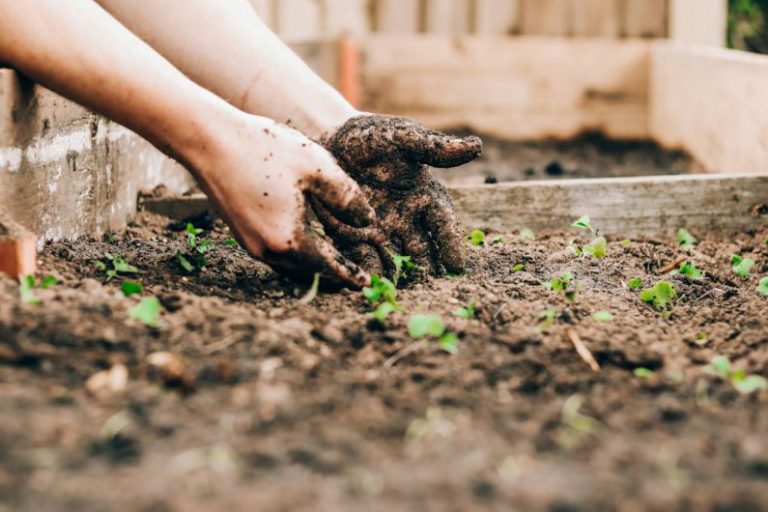How to Upcycle Furniture for a Unique Home Decor?
In today’s world where sustainability and individuality are highly valued, upcycling furniture has become a popular trend. It not only helps reduce waste but also allows you to create unique and personalized pieces for your home. If you’re looking to add a touch of creativity to your living space, here are some tips on how to upcycle furniture for a unique home decor.
1. Choose the Right Piece
The first step in upcycling furniture is to find the right piece to work with. Look for solid and well-built furniture that has good bones. Thrift stores, flea markets, and even online marketplaces can be great places to find affordable and interesting furniture pieces that are just waiting to be transformed.
2. Prepare and Clean
Once you have your chosen piece, it’s important to thoroughly clean and prepare it before starting the upcycling process. Remove any hardware, such as knobs or handles, and clean the surface using a mild detergent. Sand away any rough spots or imperfections to create a smooth canvas for your transformation.
3. Plan Your Design
Before diving into the upcycling process, it’s essential to have a clear plan for your design. Consider the style and theme of your home decor and let that guide your choices. Are you going for a rustic look or a more modern and sleek design? This will help you determine the color palette, materials, and techniques you’ll use in the upcycling process.
4. Paint and Finish
One of the most common ways to upcycle furniture is by painting it. A fresh coat of paint can completely transform the look of a piece and give it a new lease on life. Choose high-quality paint that is suitable for the material you’re working with, whether it’s wood, metal, or plastic. Don’t forget to apply a protective finish to ensure your creation stands the test of time.
5. Get Creative with Upholstery
If you’re working with a piece of furniture that has upholstery, consider giving it a makeover too. Replacing the fabric on a chair or a sofa can completely change its appearance. Choose fabrics that complement your overall design and make sure to carefully measure and sew the new upholstery to fit perfectly.
6. Repurpose and Reimagine
Upcycling furniture isn’t just about giving it a fresh look; it’s also about repurposing and reimagining its function. Think outside the box and consider how you can transform a piece into something entirely different. For example, an old ladder could become a stylish bookshelf, or a vintage suitcase could be turned into a unique coffee table. Let your imagination run wild and create functional yet artistic pieces that reflect your personality.
7. Add Personal Touches
To truly make your upcycled furniture pieces unique, don’t be afraid to add personal touches. This could be through stenciling a meaningful quote, adding decorative handles or knobs, or even incorporating sentimental items into the design. These small details will make your creations stand out and become conversation starters in your home.
In conclusion, upcycling furniture is a fantastic way to create a unique home decor while also being environmentally conscious. By choosing the right piece, preparing and cleaning it properly, planning your design, and getting creative with paint, upholstery, and repurposing, you can transform old and forgotten furniture into beautiful and one-of-a-kind pieces that reflect your individual style. So why settle for generic store-bought furniture when you can unleash your creativity and make your home truly special? Start upcycling today and see the difference it can make in your living space.






